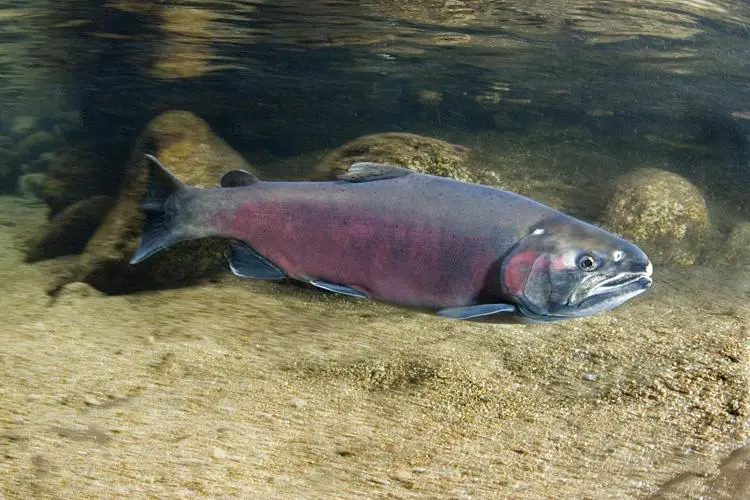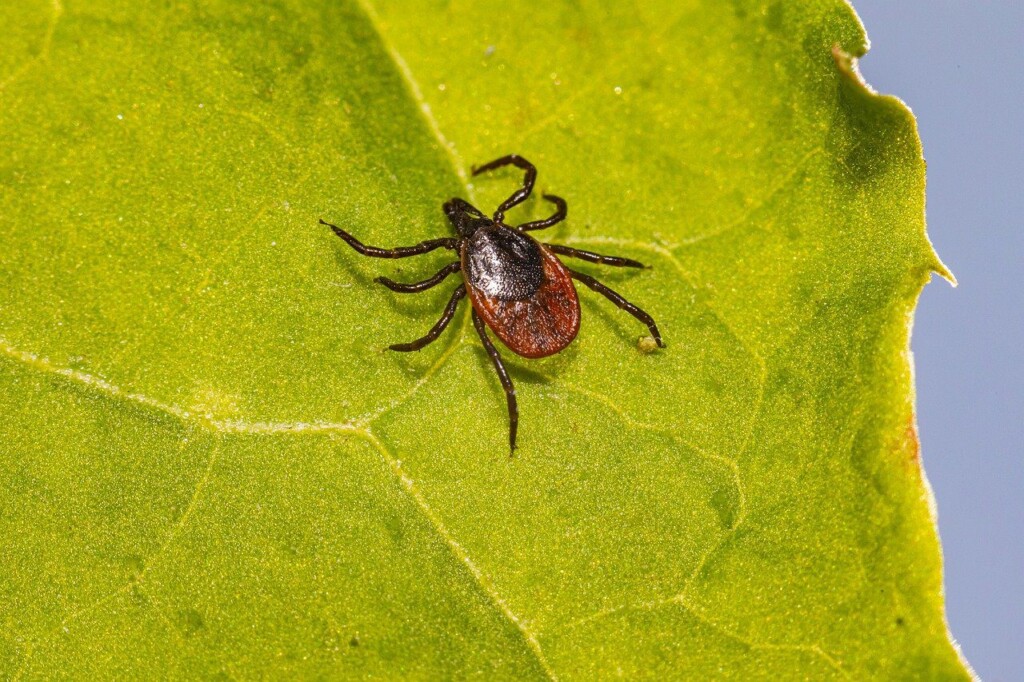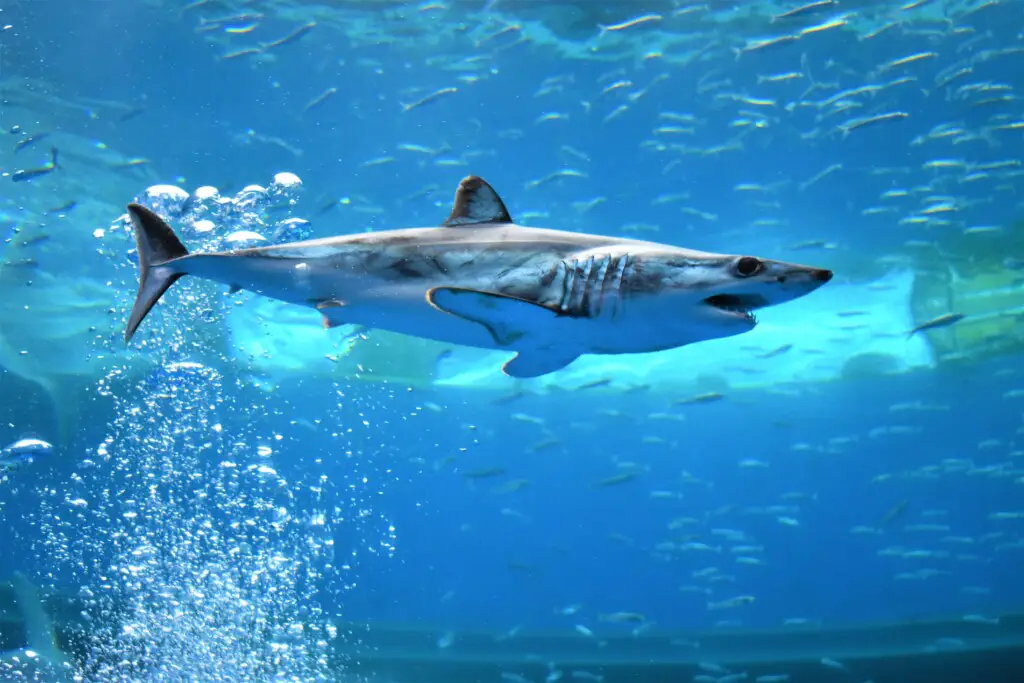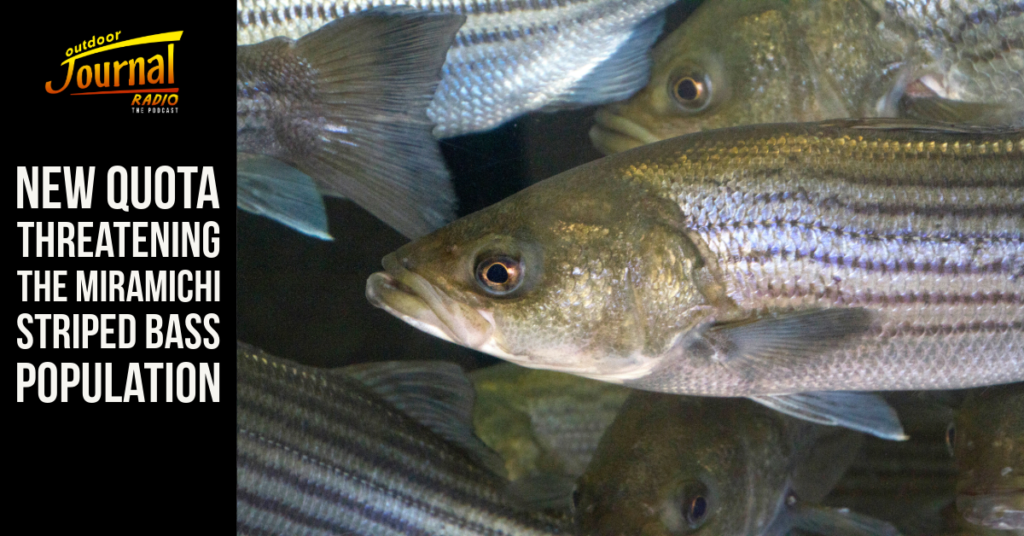The Stories that Matter and the Fuel to your Bar Banter – Canadian Hunting and Fishing News from the Week of November 26th, 2021
Although news has never been so abundant, finding relevant and reliable stories has never been more difficult. Thankfully, Fish’n Canada has you covered. From hybrid salmon to tick vaccines, here is everything you missed this week in the world of Canadian fishing and hunting!
1 – Hybrid Salmon Discovered on Vancouver Island

Salmon were in the news again this week as the BC floods continue to add to the stressors facing the province’s struggling salmon population.
These floods, and their increasing frequency, however, have also resurfaced a finding from October that has linked hybrid salmon that were discovered in the area to a different type of climate event.
The species in question (and pictured above) was a mix between a Chinook and a Coho, caught in an area very familiar to us here at Fish’n Canada, Vancouver Island’s Cowichan River. As reported by the CBC, the fish was not only a rare hybrid, it was also second-generation – meaning that Coho-Chinook hybrids are successfully reproducing in the river.

Chinook Salmon (Morgan Bond) 
Coho Salmon
Unlike the issues that are currently facing the Chum, the cause of this rare cross is a result of low water, not high.
According to local biologists, periodic droughts in the area over the last few years have pushed the fall spawning season of the Chinook later into the season, directly coinciding with the arrival of the Coho. This has resulted in some significant intermingling, evidently enough to produce multiple generations of fertile hybrid fish.
Although the fish are likely here to stay, the unique species has yet to receive a name. What do you think the name should be?
Choho? Chonook?
Let us know in the comments below!
2- mRNA Vaccine May Help with Lyme Disease Prevention

Our second story of the week takes us south of the border as a team of researchers at Yale University have potentially developed a vaccine that could help eliminate the threat of Lyme Disease.
According to the New Scientist, the vaccine uses mRNA technology, the same used in the majority of COVID vaccines, using 19 proteins found in tick saliva to train the human immune system to react to tick bites.
The reaction that the vaccine is intending to produce is a small, itchy rash, similar to that of a mosquito bite. While taking a vaccine that is intended to cause you discomfort may seem counterproductive, this response is intended to let the person who is bit know exactly where the tick has nestled in and remove it within the brief window where bacteria has not yet been spread.
As many are aware, Lyme Disease is the primary concern with tick bites, a disease capable of causing life-long nerve pain, arthritis, and a variety of other symptoms. The bacteria that causes this disease, Borrelia burgdorferi, is found in the tick’s saliva and is only spread to humans after roughly 36 hours of the tick being latched on. While this may seem like a relatively long window to find a tick and remove it, anyone who has ever been bit will tell you it is not as simple as it sounds.
Tick bites are often painless and produce little to no symptoms until it is far too late. Our very own Angelo Viola, experienced this a few years back when deer ticks hitched a ride on both him and his grandson Nik, resulting in a month-long Lyme Disease prevention treatment. His full story can be found here:
So far, the vaccine has only been tested on Guinea Pigs (fitting…), but the results have been very promising. Out of all the Guinea Pigs given the vaccine, all produced a noticeable rash upon being bitten and none became infected with the disease when the tick was removed. Out of the unvaccinated group, few responded to the tick and over half contracted Lyme Disease as a result. Evidence is also beginning to suggest that the body’s response to the tick may cause the tick to fall off before transmission, eliminating the threat of the disease altogether.
Trials for this vaccine are still ongoing but testing is soon to be expanded to larger animals that would more closely mimic the human response.
3 – Satellite Imagery Reveals the True Damage of the BC Floods

Numerous articles have been written (including here at Fish’n Canada) about the devastation caused by the BC floods, but recent satellite images may just put the whole thing into perspective.
The images above, produced by a company called Maxar Technologies, show the damage of the floods in the Sumas Prairie, part of the Fraser Lowland. Many of these areas have been evacuated as potable water is limited and mass amounts continue to run through the area.
As we covered last week, our fishing guide friends in the area have been busy running jet boats to deliver supplies to those in areas where road access has been eliminated by the floods. The full story can be found at the link below, as well as some ways that you can help our friends in BC get back on their feet.
4 – All-Electric Boats Get a Boost from General Motors

Auto manufacturing giant, General Motors (GM), announced this week that they have acquired a 25% stake in Pure Watercraft, a company dedicated to bringing all-electric boats to the mainstream.
The Washington-based company calls their movement the “quiet revolution”, specializing in making silent, fully electric motors that are suitable for nearly any boat. As of right now, these motors are only available up to 50 horsepower, however, with backing from a company as large as GM, it will be interesting to see what this company has in store for us in the future.
Here in Canada, Princecraft has been the leader in bringing green technology to the boating world for quite some time, offering three different models of their Brio Pontoon series that are fully electric.
2021 also saw them launch a Brio model equipped with solar panels, making anglers think a little differently about those cloud-free, sunny days.

5 – Canada and Atlantic Nations Agree to Ban Mako Shark Fishing

Our final story of the week takes us to saltwater where the endangered Shortfin Mako Shark has been granted full protection from fishing and harvest.
The effort that sparked the ban was led by Canada, the UK, and Senegal at the Conservation of Atlantic Tunas (ICCAT)’s annual meeting. This ban on fishing has been pushed by Canadian conservationists since roughly 2017, as the shark’s numbers in the North Atlantic have been reducing drastically and are now classified as an endangered species.
The ban on Mako fishing is set to be put in place for roughly 50 years, with populations expected to rebound back to sustainable, fishable levels by 2070.
For those unfamiliar with the Shortfin Mako Shark, it is thought to be the world’s fastest shark, capable of reaching speeds of 72km. Before the population took a turn, the Mako was common throughout Atlantic Canada and had even historically been spotted in the Gulf of St. Lawrence, though many of these accounts are thought to be mistaken Porbeagle sightings. For more information on the sharks of the St. Lawrence, check out our article below!
Have a story we missed? Send us an email at [email protected]














